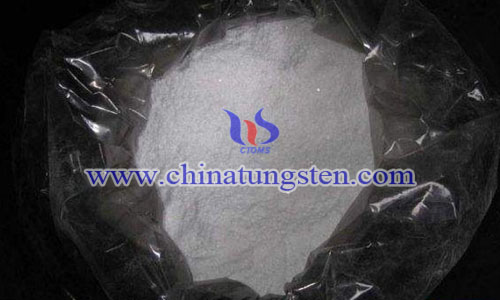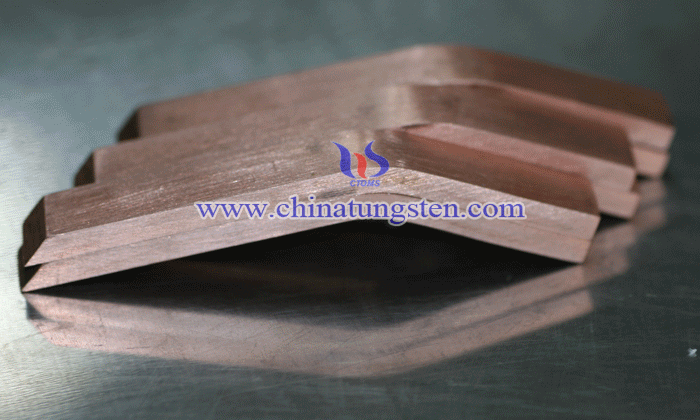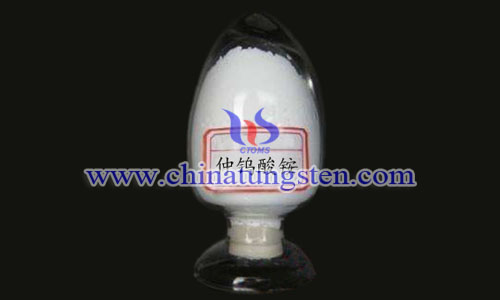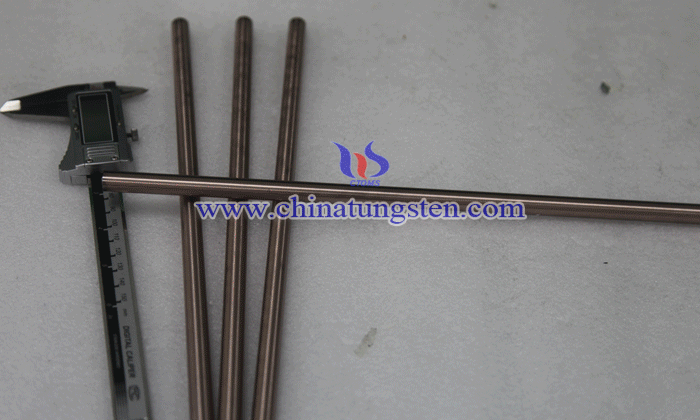Ammonium Tetramolybdate Price - Sep. 20, 2017
- Details
- Category: Tungsten's News
- Published on Wednesday, 20 September 2017 13:56
- Written by Shuxia
- Hits: 685

Molybdenum market in China remains steady as there are no favorable factors in the fundamentals. The latest price of molybdenum concentrate, ferromolybdenum and ammonium tetramolybdate is unchanged from the previous trading day.
Tungsten Copper Alloy Market (2017-2023)
- Details
- Category: Tungsten's News
- Published on Tuesday, 19 September 2017 17:07
- Written by tang
- Hits: 617

The tungsten copper alloy report consists of all the basic information regarding the tungsten copper alloy market. The all-inclusive report will aid users to understand the market trends, share, analysis, size, production, forecast trends, supply, sales, demands, and many other aspects.
Long-term Negotiated Price Declined, Pressuring Tungsten Market
- Details
- Category: Tungsten's News
- Published on Tuesday, 19 September 2017 15:14
- Written by Shuxia
- Hits: 706

Analysis of latest tungsten market in China from Chinatungsten Online: It is reported that the long-term negotiated price offered by large-scale tungsten enterprise in Fujian on Monday declined by US$ 8.76 per tonne to US$ 294 per tonne, compared with last week.
Read more: Long-term Negotiated Price Declined, Pressuring Tungsten Market
Global Tungsten Copper Alloy Market 2017 - Industry Growth, Analysis, Size and Share to 2023
- Details
- Category: Tungsten's News
- Published on Tuesday, 19 September 2017 17:02
- Written by tang
- Hits: 638

The tungsten copper alloy report consists of all the basic information regarding the tungsten copper alloy market. The all-inclusive report will aid users to understand the market trends, share, analysis, size, production, forecast trends, supply, sales, demands, and many other aspects. The market report comprises the following points.
Praseodymium Oxide Price - Sep. 19, 2017
- Details
- Category: Tungsten's News
- Published on Tuesday, 19 September 2017 15:08
- Written by Shuxia
- Hits: 615

Rare earth market in China is quite in the first half of September amid the price of praseodymium oxide, neodymium oxide, dysprosium oxide and terbium oxide declines slightly. Insides regard this round of price reduction as a normal cyclical behavior, which will be conducive to the release of some risks and lay a solid foundation for strong market. In the short term, market operations will be more cautious. We suggest paying more attention to the national purchasing and storage at the end of the month.





 sales@chinatungsten.com
sales@chinatungsten.com